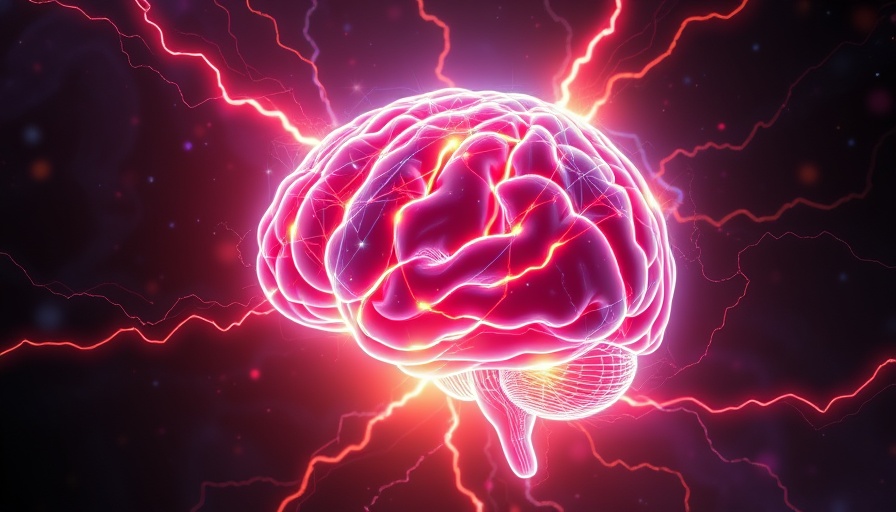
Understanding Anti-IgLON5 Disease: A Rare and Misdiagnosed Condition
Anti-IgLON5 disease, first identified only in 2014, poses significant challenges in both diagnosis and treatment. It often initiates with seemingly benign symptoms such as restless sleep but progresses to serious mobility, speech, and swallowing disorders. The complexity of its symptoms can easily mislead doctors into diagnosing more common neurological disorders like Parkinson's or motor neuron disease, delaying essential treatment. According to a recent study conducted by neurologists at Ruhr University Bochum, the critical window for effective intervention is during the early inflammatory phase of the disease. This highlights the importance of awareness among healthcare professionals regarding the potential for anti-IgLON5 disease in their patients.
Why Early Diagnosis is Crucial for Effective Treatment
The findings from the international study including 107 patients emphasize that earlier treatment could prevent the debilitating effects of this autoimmune disorder. Of the patients studied, only about one-third received a diagnosis within a year of the first symptoms, suggesting there is a critical gap in awareness and understanding of the disease. Professor Ilya Ayzenberg and Associate Professor Thomas Grüter lead the call for neurologists to consider anti-IgLON5 disease sooner when patients present with specific neurological symptoms, ensuring timely access to potentially life-saving immunotherapy.
Immunotherapy: A Promising Treatment Option
The study indicates that immunotherapy, particularly the intravenous administration of immunoglobulins, is effective in treating anti-IgLON5 disease, specifically when initiated during the early stages. This approach is notably effective when compared to other therapies such as Rituximab, a medication traditionally used for targeting B-cells in autoimmune diseases. The unexpected superiority of immunoglobulin therapy underscores the need for more research to confirm these findings and understand the mechanisms behind this treatment's efficacy.
The Future of Anti-IgLON5 Disease Management
As understanding of anti-IgLON5 disease evolves, so too does the potential for improved treatment strategies. Future studies must validate the current findings and explore additional therapeutic options. The prospect of introducing earlier diagnosis protocols also leads to discussions on broader healthcare changes, particularly concerning autoimmune disease management.
Empowering Patients Through Awareness
For individuals experiencing unexplained neurological symptoms, understanding conditions like anti-IgLON5 disease is essential. Increased awareness can inspire patients to advocate for their health effectively. This highlights the value of patient education and the role of healthcare professionals in guiding individuals toward appropriate diagnoses and treatments.
Navigating the Landscape of Health and Wellness
As we consider the broader context of health and wellness, it becomes clear that conditions like anti-IgLON5 shape not only individual lives but can also affect community health standards. Fostering an environment wherein awareness of rare diseases is elevated can lead to healthier outcomes, improved quality of life, and a robust community health approach. Engaging with health and wellness businesses, exploring alternative medicine, and staying informed through resources like health and wellness publications contribute to a more informed populace ready to tackle health challenges head-on.
In conclusion, the emerging insights regarding anti-IgLON5 disease reinforce the message that timely diagnosis and treatment are indispensable. For healthcare professionals and patients alike, this means staying informed and proactive about rare diseases. Enhancing knowledge about various treatment options, ranging from traditional medicine to emerging therapeutic innovations, can lead to superior health outcomes.
Consider advocating for awareness of your health and wellness in your community—knowledge is power. Explore local health and wellness centers and programs to better engage with available resources and support systems.
 Add Element
Add Element  Add Row
Add Row 



Write A Comment